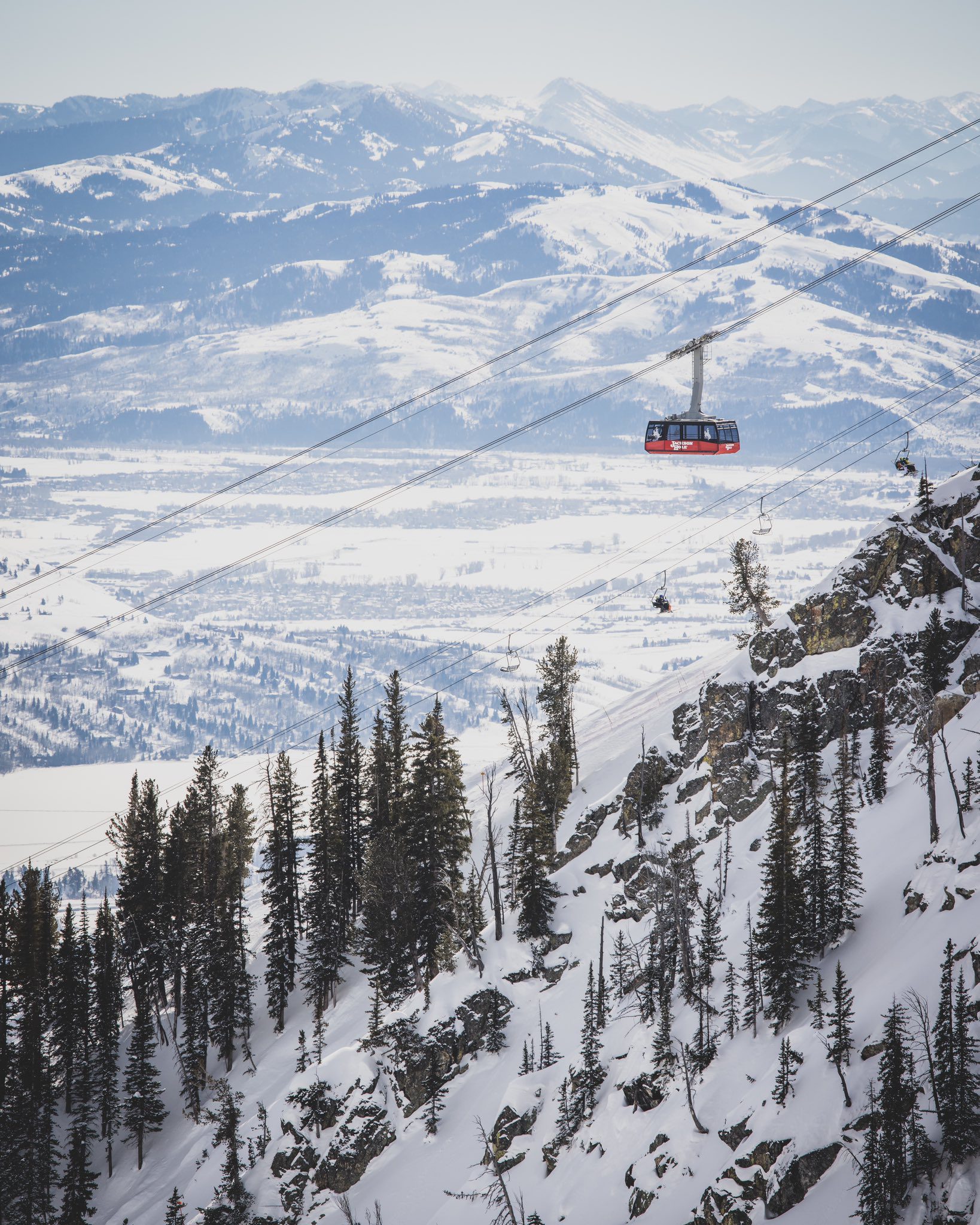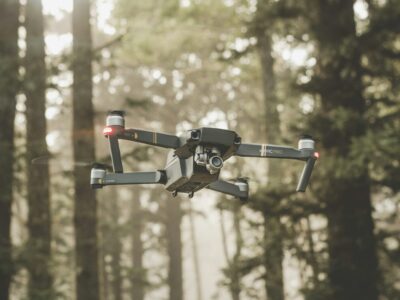The healthy option is usually opting for the side salad instead of the french fries. Still, skiers may have an excuse for that fried treat, thanks to one of Jackson Hole Mountain Resort’s (JHMR) many sustainability programs.
Jackson Hole, located in Teton Village in western Wyoming, about twelve miles northwest of Jackson, is one of the nation’s premier ski and snowboard resorts.
The resort, named after the Jackson Valley (which explorers originally referred to as a “hole” between the peaks of the Rockies) is known for its challenging and often Wild West-like terrain whose summits and final lift stops protrude from calm cloud cover below. Amid the adventurous spirit of Jackson Hole is a deep dedication to sustainability and environmental conservation – a determination fueled by the constant reminder of the valley’s natural beauty as well as the resort’s proximity to the United States’ most visited National Parks. One of JHMR’s most innovative sustainability methods is using the frying grease from their on-mountain restaurants to power operation vehicles.
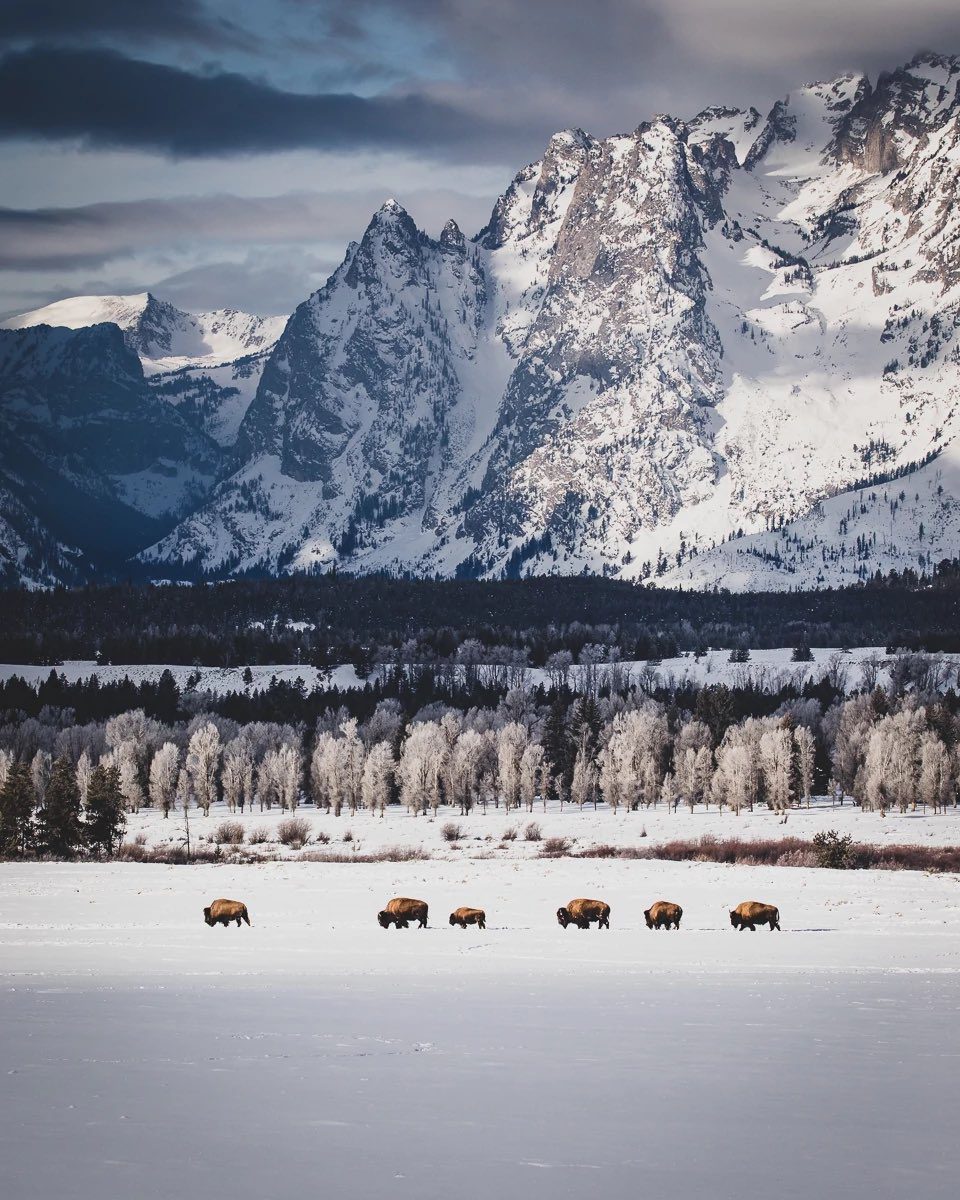
The world-renowned resort has undertaken major, perhaps more conventional, stewardship practices in recent years – namely, its switch to 100% renewable energy in the summer of 2019 and a subsequent commitment to sustainable material sourcing and design-build for all future construction projects as of 2020.
As one of the most sought-after ski resorts in the country, and epitomizing the epicness of the alpines in the American West, it is hard to imagine a humble beginning for the mountainous haven. Yet, before the resort that Americans have grown to love, the destination was home to the Crystal Spring Girl Scout Ranch. Opening in 1947, and functioning as an equestrian-focused summer camp for girls ages 10 to 16, the privately owned camp was a popular destination advertising “western staff” in its brochures, according to local reports. In 1963, the property was sold to the Jackson Hole Ski Company. In 1964, the new owners built out the daring destination, and the first peak – Apres Vous (and double lift with the corresponding name) – was opened to the public for the 1965-1966 season. That year, the resort’s original iteration of its recognizable Aerial Tram was opened as well, but has since been replaced with its second, updated version.
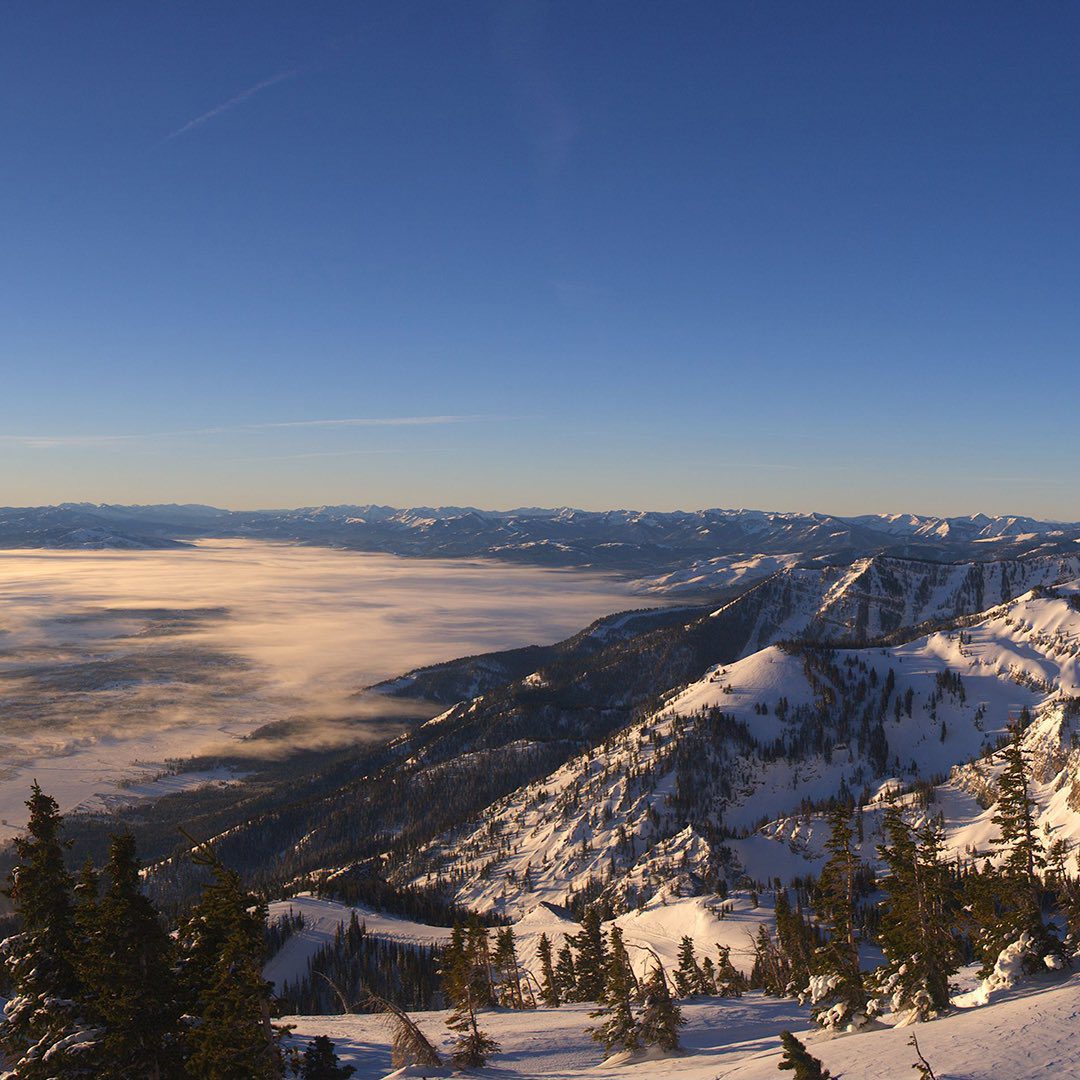
Jackson Hole’s popularity snowballed quickly. The resort’s sprawling and ruggedly advanced terrain with options for off-piste skiing (clearly marked, ungroomed, and dangerous off-trail routes) for advanced snow-goers with appropriate avalanche gear. In addition to its terrain, the resort boasts 2,500 acres of inbound skiable area, a 10,450-foot peak elevation, 4,136-foot vertical drop, and an impressive 116 runs. By 1967, the resort was chosen as the location for the World Cup, and subsequently in 1970 and 1975.
Although sustainability practices weren’t always the priority for this mountain resort, in 2019 they moved to source all energy from renewable resources – a move that followed shortly behind neighboring state Colorado’s Wolf Creek’s 2018 switch – the first ski resort in the world to do so.
As a fixture in the great outdoors industry in America, Jackson Hole has stepped up to the plate to set a high standard for sustainability in the face of increasing concern around carbon emissions, and more specifically, dwindling winters with less snow.
“Effective immediately, all-year-round resort operations will now be powered by Lower Valley Energy’s 100% Green Power program,” the resort wrote in a statement, continuing to explain that the wind power will be inclusive of “all JHMR on-mountain lifts, facilities, and base area operations.”
Lower Valley Energy is the area’s local utility, with grid connections extending across the Wyoming and Idaho border. The wind farm where the product is sourced is located just across that border, at Horse Butte Wind Farm in Bonneville, Idaho – the closest wind farm to Lower Valley Energy’s direct grid, according to the resort’s statement.
“We have been working on this green power partnership for some time and are very excited this came to fruition with such a great local industry leader,” says Lower Valley’s CEO, Jim Webb via JHMR’s statement.
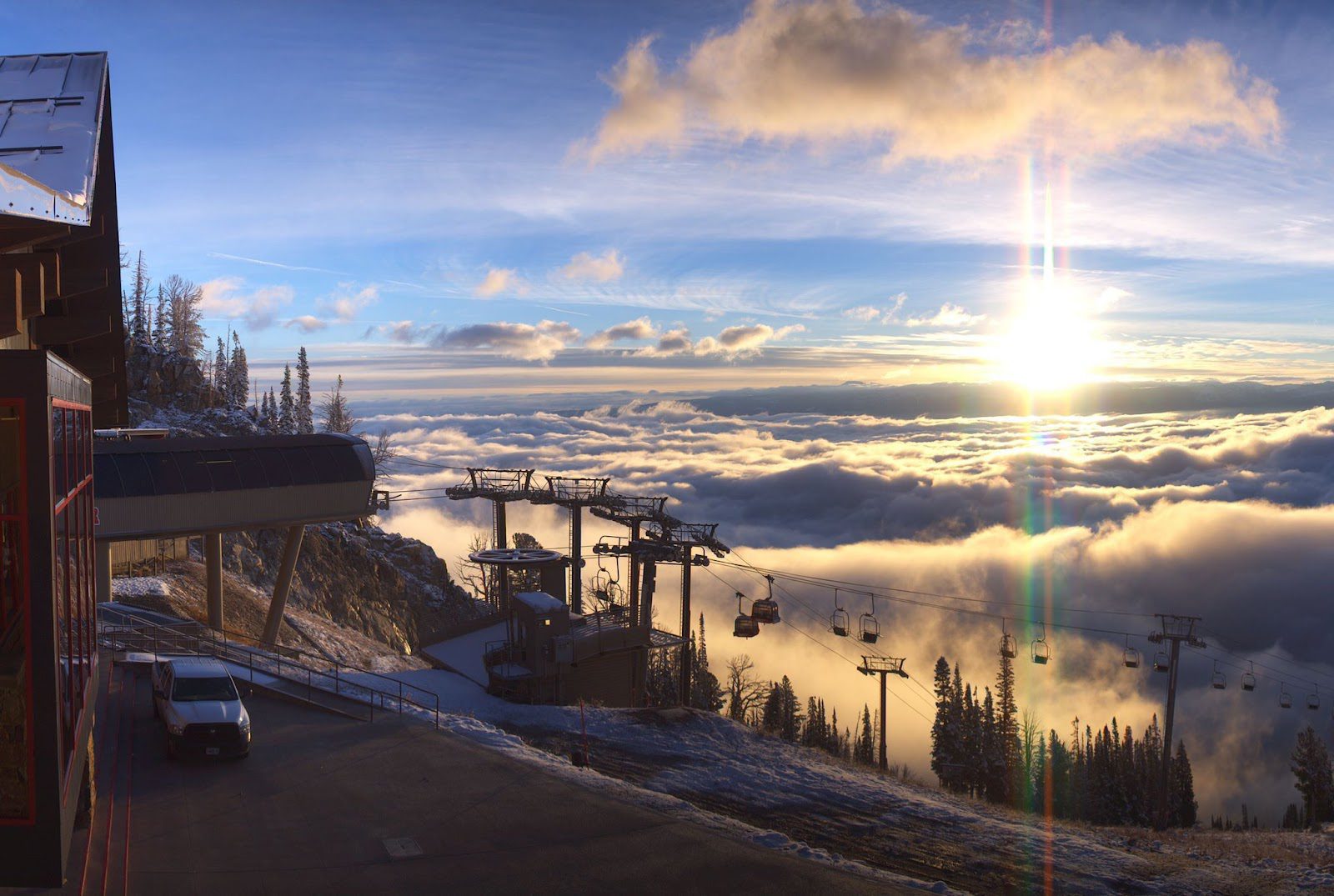
Some of the resorts’ regular professionals say the switch is great for the environment and a logical choice. “A lot of days, the first thing you feel when the doors open is this big blast of wind,” says professional skier Griffin Post as he described climbing off the tram and stepping onto one of Jackson Hole’s 116 rugged and wild runs. “Having that reminder every time, knowing that wind got you up there, too, is a great thing to have in the back of your head as you’re skiing down.”
The amount of wind in the region caused by varied air pressure around the mountains creates a powerful environment for wind. Horse Butte Wind Farm has 32 turbines, each measuring 280 feet tall. “One of those towers can provide enough electricity to power Jackson Hole’s tram for three years,” explains Phil Cameron of Energy Conservation Works. Despite the gargantuan size of the resort, Cameron says four of those turbines can power Jackson Hole for an entire year.
Professional skier Caite Zeliff echoes Post’s sentiment, adding that the use of wind is both a reminder and reinforcer of the relationship between skiers and their natural environment: “When you feel the wind on your face, and you feel the snow moving, it’s this huge relationship, this huge cycle, that Jackson Hole is tapping into, helping it come full circle.”
The sustainability efforts of the mountain are rolling downhill to skiers like Zeliff, helping them feel proud of the slopes they choose to ski on. “It’s exciting to know that a place I spend so much of my time and energy is…taking a stand and making a difference.”

